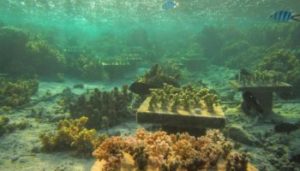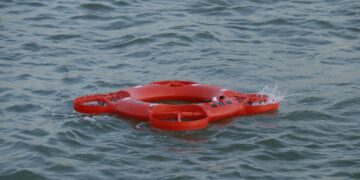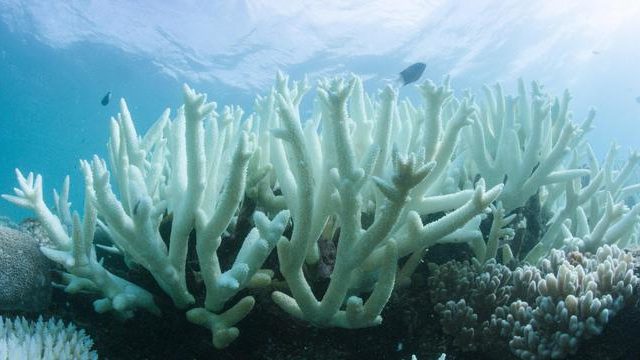Thanks to researchers at the University of Sydney, fish and wildlife can return to repopulate the ecosystem.
In recent years, corals have been forced to face countless threats, their skeletons, in fact, are dissolving because of the acidification of the oceans. Not only that, but the heat of the ocean temperatures also damages them, causing them to be expelled from the algae cells that live inside them for the production of energy. The result is an insignificant and insulting white skeleton.

Not everyone knows that corals are really essential because they attract fish, but also tourists, and are able to protect the coasts from storms and erosion. In fact, the barrier created by the growth of corals acts as a wall that mitigates the impact of waves by reducing constant flooding. Specifically, the Maldives are in serious danger and, due to the extinction of corals, are particularly vulnerable to rising sea levels, just think that the highest peak in the nation is located at only 2.4 meters above sea level. For this reason, researchers at the University of Sydney have implemented a project capable of avoiding the proven disaster: the creation, with 3D printing, of the artificial structures of the Barrier Reef.
Research and creative approaches to coral reef restoration are a real glimmer of hope in the face of global threats that have already destroyed much of the world’s coral ecosystems, as marine biologist Ulrike Pfreundt, a researcher of German origin at the Federal Institute of Technology in Zurig, explains:
“The biggest problem for coral reefs today is global warming and warming of the seas, which has already caused us to lose half of the Great Barrier Reef. But what many people don’t even know is that half of the oxygen atoms on Earth actually come from the sea. It’s not complicated to find the materials needed for our 3D structure, even if we simply use sand, present on the spot. If we were to think big, we could imagine building hundreds of thousands of miles of new barriers“.
Replacing damaged coral portions with artificial structures obtained through a 3D printer is undoubtedly a unique project, whose goal is that these synthetic structures constitute the basic structure on which the polyps can return to build the reef.
To make the prints, the researchers started from the mapping of the barrier. In this way, the printed samples will be equal in all respects to the missing corals.
Creating the missing pieces will also give fish and marine life the chance to return to repopulate that ecosystem.
The researchers also announced that the extent of the operation will depend on the funds that will be raised. A pilot programme is currently underway, costing about $150,000. Scholars say they are confident of being able to plant some corals this year, after testing the strength of the structures built.

































